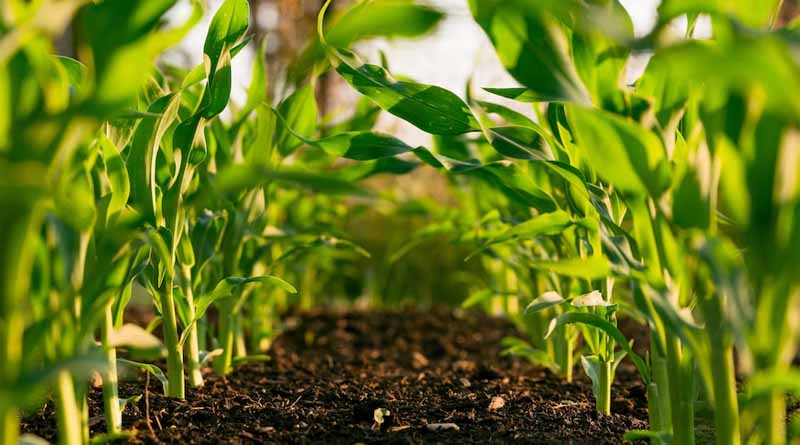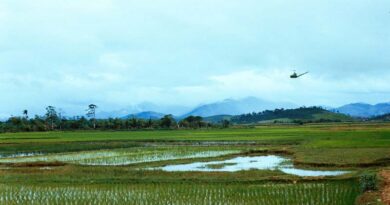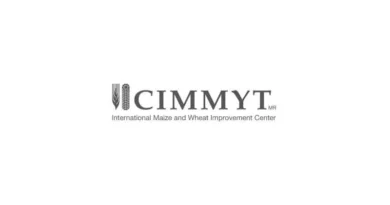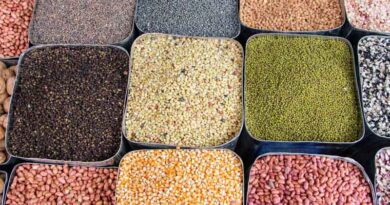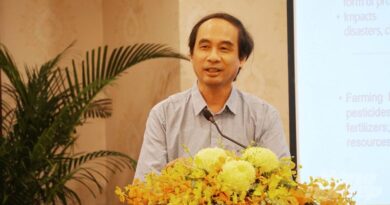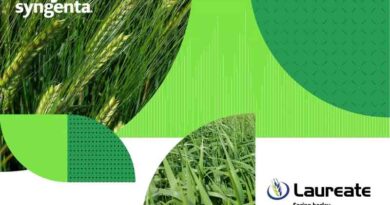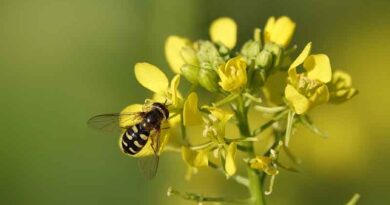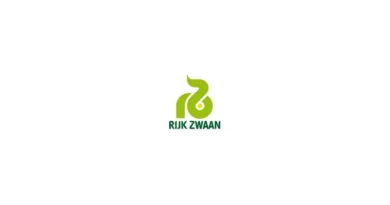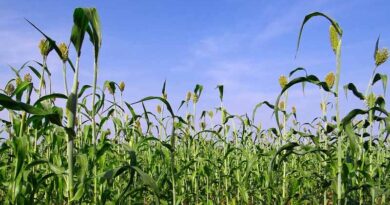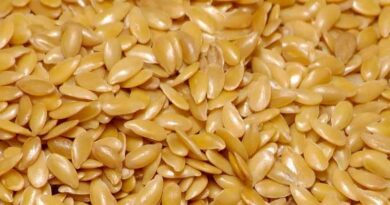Maize-Mustard-Mung (3M) cropping system
29 July 2023, New Delhi: Food Security was made possible by the Green Revolution of the 1960s, through the promotion of rice. wheat cropping system in India. This remarkable revolution tremendously helped India’s transition from ship-to-mouth status to self-sufficiency and even to export surplus produce. Advanced Agri Technology inputs, including irrigation, quality seeds, fertilizer, and pesticides, along with assured public procurement on MSP with the support of government and private sectors were created. As a result, food production increased almost 4 times from 82.02 million tons in 1960-61 to 305.44 million tons in 2020-21. This only resulted in the consolidation of Rice-Wheat as a mono-cropping system in the country.
A. After Effects of Rice-Wheat Cropping System
- Area expanded (84% in 2018) under wheat and rice
Groundwater depletion due to excessive drainage - Increased power consumption
- Increased subsidy by the Government for the Power Supply
- Deterioration of Soil Health
- Groundwater contamination
- Environmental pollution through GH emissions and stubble burning
- Surplus food production created a storage problem and blocked the Govt. money.
B. Need for diversification of rice-wheat cropping system
In the Indo-Gangetic plain area, rice cultivation is not suitable due to the scarcity of water (Groundwater/Rainfall). Rice is a suitable crop where rainfall is more than 1200 mm and where enough groundwater is available like in Eastern India. Indo-Gangetic Plains need immediate diversification of the current cropping system through the introduction of more sustainable cropping systems. This is essential due to the negative environmental, economic, and health implications of the rice-wheat cropping system. There is an urgent requirement to consider the following three major factors for crop diversification with any cropping systems.
1. Less water requiring Crops
2. Financial reward
3. Potential markets
Coarse cereals, pulses, and oilseeds qualify all the above attributes and can be strong substitutes for water-guzzling crops like rice and sugarcane for maximizing productivity and sustainability.
C. 3M – A suitable cropping system for diversification
This is an alternative resource efficient, cropping system that would enable maximize system productivity and optimum returns. Besides, it will address issues of groundwater depletion, residue burning, and pressure on the public exchequer. Thus “Maize-Mustard-Mung (3M) cropping system is an efficient and viable crop diversification solution”. This system can provide an effective solution to the adverse effects of the rice-wheat moro-cropping system, it adopted provide etecteast26 30% of the acreage in Punjab, Haryana, and Uttar Pradesh that is currently cultivated predominantly with rice and wheat.
Considering water requirements, market demands, and economic returns, maize, pigeon pea, and Soybean can replace rice during the Kharif season, and mustard can replace wheat during the Rabi Sonson. Mungbean will serve as an ideal fitment spring season crop. Thus, 3M cropping systems based on alternative crop will be more suitable.
Advantages of Resource-efficient 3M cropping system:
- Any long-duration Maize, Mustard, and Mung hybrid/variety is suitable for the Indo-Gangetic region ensuring bumper crop yield.
- Increase the export of Maize as Grains, Animal feeds, and other value-added food products.
- Maize fodder can be used for grazing/feeding livestock at any stage of crop growth and support the livestock industry.
- Less GHG emission and lower environmental footprints.
- Reduced import of edible oil and pulses and ensure availability of better quality edible oil.
- Ensure nutritional security through pulse protein-calorie.
- Save water consumption by 70%, check the lowering of the groundwater table, and will support groundwater recharge.
- Save power up to 90%
- Reducing pollution due to rice-stubble burning as in Punjab and Haryana.
- Reduced cost of cultivation, increased income, profitability, and prosperity of the farmer.
D. Crop Components of 3M
# Cereal:
Maize or corn is the third most important cereal crop after rice and wheat for India. Globally it is highly valued for its multifarious use as food, feed, fodder, and raw material for a large number of industrial products. However, India remained among the top 10 producers of maize in the World since 1961 and presently ranks 6th with an annual output of 31.65 million MT.
Maize
– Maize requires nearly one-third of the water used in rice and less than one-fourth of the water used by sugarcane.
– To produce 1kg of grains, maize requires only 800-1000 liters of water, while rice requires
3000-5000 liters.
- Maize production uses 278 kWh/ha of power, compared to 2925 kWh/ha for rice.
Long-duration Maize hybrid (100-110 days) recommended in a 3M system can yield 24-25 q/acre easily. - Wheat after Maize cultivation advances the wheat sowing, reduces the terminal heat effects on wheat, and increases wheat productivity as compared to the rice-wheat system.
– Maize can be planted in peri-urban agriculture as a solitary crop or as an inter-crop with other vegetables, providing farmers with a source of additional revenue.
Maize-based industries:
1. Feed for Livestock and poultry
Maize is in great demand in the feed sector. Indo-Gangelic plains have the potential to be key maize suppliers in this regard.
2. Starch Industry
Maize is the most important source of starch and allied products. In addition to its many uses in the food, paper, pharmaceutical, and textile industries, maize starch can be used to make bioplastics, a solution to the problem of plastic pollution.
3. Brewery & Ethanol Industry
Maize is the major source of ethanol in the USA. There is ample opportunity for India to divert surplus corn for bio-ethanol production. Govt is already promoting Bio-ethanol blending of petrol by 20% by 2030.
4. Processed Food Industry
Almost 40% of the popcorn is imported, primarily from the United States. Its cultivation in India will reduce imports. Baby corn and sweet corn have the added advantage of exports besides their use to supplement the dairy industry.
5. Scope for Export
Maize produced in India is more suitable and preferable for export to South-East Asian countries due to its non-GM nature. There is a growing demand within the country as well as the neighboring countries. India has the strategic advantage to cater to the need of neighboring countries due to the low cost of transportation compared to that of import from the USA.
With increased international maize prices, Indian maize can have better access to the world trade of maize grains.
# Oilseeds
60% of India’s domestic edible oil worth Rs. 78000 crores are imported. Palm oil constitutes the major oil in import, which has poor nutritional quality. To achieve its current demands the nation needs 25 million tons of edible oils. During rabi season mustard can be a potential crop in this system.
II. Mustard: Mustard a rabi oilseed crop fits well in the 3M cropping system. Compared to wheat, it requires low input, including water.
– The primary use of mustard in the human diet is as an edible oil.
– Long-duration Mustard cultivation is advanced following Maize cultivation and thus helps to reduce the risk of frost and aphid attack, with a concomitant increase in yield.
– Mustard variety exceeding 140 days fits well and yields up to 10-12 q/acre.
– Increased domestic production will reduce the burden of the import of oil.
– Oil cake, a byproduct, is utilized in animal feed since it contains a lot of protein.
– The use of mustard cake in animal feed can significantly boost the region’s milk production and related sectors.
# Pulses
For the vast majority of Indians, especially the vegetarian population, pulses constitute an important source of protein. India is the world’s largest producer, consumer, and importer of pulses. Promoting pulse cultivation can help India overcome malnutrition, increase soil fertility through nitrogen fixation, give monetary support to farmers, and make the nation self-sufficient in pulse.
III. Mung: Mungbean can fit well into the 3M cropping systems.
- After Harvesting Mustard, sowing a long-duration variety of Mung can yield at least 4-5 q/acre.
- Mungbean can improve soil fertility through biological nitrogen fixation.
- Long-duration Mung variety of 75-80 days can be accommodated easily in a 3M cropping system.
- Supplement the protein requirement.
- Reduce the import of pulses.
When compared to Rice-Wheat cropping System, 3M (Maize-Mustard-Mungbean) can provide an effective solution with the lowest cost of cultivation (0.78 lakh/ha), highest net return (1.8 lakh/ha), more potential yield (14.84 tons/ha), more water productivity, less GHG gas emission, fully mechanized cultivation, and high energy saving.
E. Requirement of enabling policies for 3M-based crop diversification:
1. Enabling the policy of Govt to encourage a 3M cropping system is important for intensification of crop diversification and resulting benefits to farmers and the nation.
A. Must ensure the procurement of Mustard, Moong, and Maize like Wheat and Rice.
B. Maize has a huge domestic demand in addition to its potential through export earnings.
C. Mustard can reduce our import bill.
D. Moong also can reduce the import of pulses and help increase soil fertility.
2. Prospective states can implement incentivization for the replacement of rice with a 3M based cropping system in the pattern of the Haryana Government.
A. The Haryana Government launched the ‘Mera Pani-Meri Virasat’ scheme and announced Rs.7,000/- per acre incentive through Direct Benefit Transfer to farmers for switching from water-guzzling Rice to other crops
B. Such practice would promote groundwater conservation and ensure the availability of quality
Also Read: ITC releases an exclusive postal stamp on Millets in collaboration with India Post
(For Latest Agriculture News & Updates, follow Krishak Jagat on Google News)

